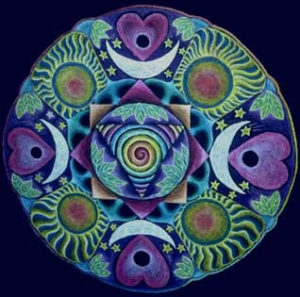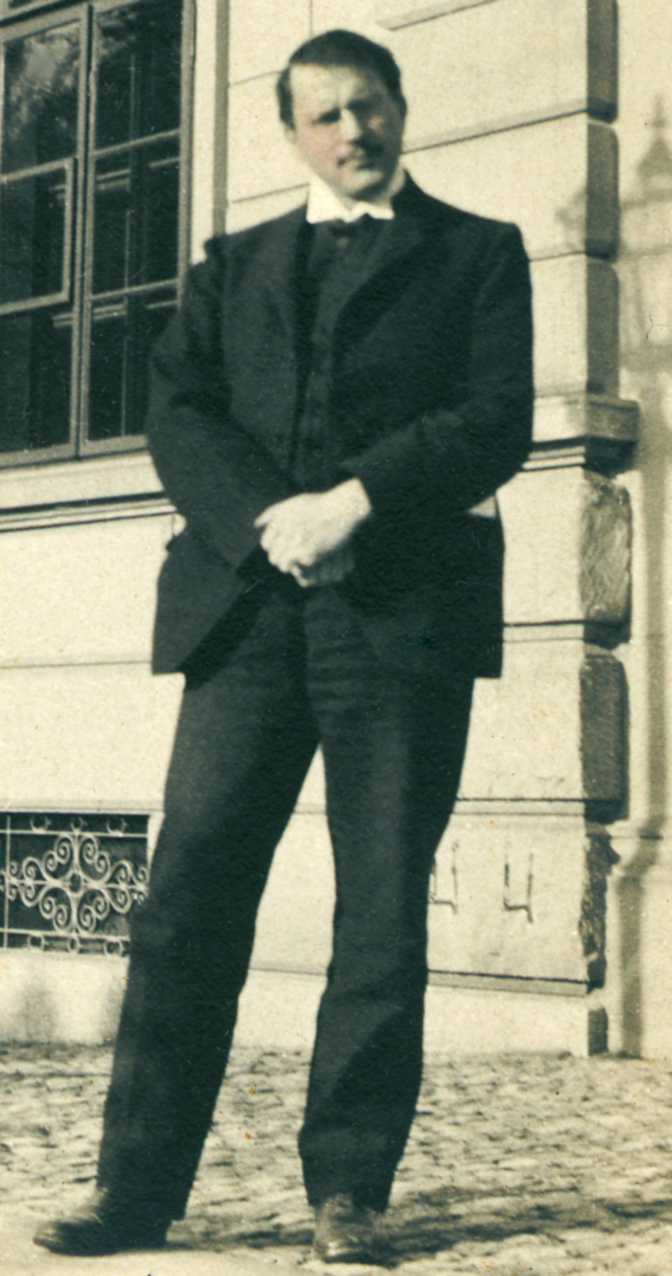The rise, fall and subsequent resurgence of the Divine Feminine in Western civilisation can best be understood from a Jungian perspective. In this discourse, I have attempted to apply my deeper understanding of Jungian psychology and the principles of the collective unconscious to elucidate how and why the Earth Mother’s Kundalini was so successful in proliferating and disseminating across the Western world. The Divine Feminine encompasses many archetypes, including that of love, the temptress and the devoted wife/sister. I honed in specifically on the archetype of the Great Mother, which thrived during ancient times in form of the Great Mother Goddess; Hathor-Isis. To this day, the cult of this goddess stands as the longest lasting cult in the history of Western civilization. In was birthed in Predynastic Egypt, and propagated from Alexandria into the rest of the Mediterranean basin during the Ptolemaic Period, thriving amongst humans for nearly four millennia (3100bce-551ce) before another shift of consciousness occurred at the level of the collective unconscious.
I focused upon this aspect of metaphysics seeing that the amount of research conducted into this area has been minimal. My hypothesis states that the feminine energy permeates human consciousness via the archetypes of the collective unconscious, and I used the literature review to explicate key Jungian terms so that my audience would be better able to grasp my argument. Psychic-specific terms including the collective unconscious; the archetype; the Great Mother; the ego, the Self and Individuation; the anima and animus; and the mandala and uroboros, where all examined at length. Due to the complexity of the task at hand and the longevity of human history, I only examined the evolution of the Great Mother from 3100bce to 551ce. The subject needed to be written about because it formulated a plausible theory as to how the subtler metaphysical aspects of the living universe interacts with layers of the unconscious mind to which humans have access, which in turn influences the cultural and spiritual evolution of human history.
The results of my exposition clearly show that the worship of the Great Mother in Western Civilization is of great antiquity; she is the principle of nature and humankind’s connectedness, relatedness to, and dependence upon it. As an unconscious force, all life is subjugated by her as all things that stand in the light of ego consciousness are childlike in comparison to the darkness. The earth and its seasonal transformation as creative aspect of the feminine entombs the secret of the deeper and original form of conception and generation upon which all life is based. In the context of Ancient Egypt civilization, I stress the notion that Hathor’s cosmic functions come to be seen as the personification of the female principle, a role she shares with Isis, and from the New Kingdom the two goddesses merge and their iconography and functions become confounded. The cult dates to the Predynastic Period and its origin most likely Sudan. As the hermaphroditic uroboros, she exhibits both positive and negative elementary and anima transformative characteristics by which the ego reaches self-consciousness or is dissipated.
The Great Mother never suffers death. As the ‘House of Horus’, she is the sky in which he is born as the sun yet she is also the Cow of the Western Mountain; the devourer of the dead. As tree of heaven, she encloses the green, lower form of Osiris and it is through her tree branches that he is reborn as the sun-golden Re. Her hermaphroditic nature is also seen in the way that she begets her child Horus from her dead husband Osiris, showing her power to produce life and resurrect the dead. The pairing of Divine Mother and Son, of Hathor and Ihy and Isis and Horus, has been prevalent in the religion of Egypt millennia before Christianity’s adoption of this age old subject. Even after the patriarchal solar theory becomes the official world view, the matriarchal viewpoint of the heavens survives in Denderah and Philae in Upper Egypt and it is during the Ptolemaic Period that the image of Isis becomes cosmopolitan, being recognized throughout the Mediterranean world as “She of the Innumerable Names”. Despite the fact that her worship officially ends in 551ce, she passes on all her attributes to the Virgin Mary, a remoulded cultural canon of the Great Mother Goddess who right up until this day fills this world from its lowest elementary phases to its supreme spiritual transformation.
If one chooses to endorse my findings, which support the notion that the powers of the Divine Feminine and in particular the Earth Mother’s Kundalini seeps its way into the conscious awareness of human beings via the mother archetype of the collective unconscious, there are several psychosocial implications that could affect society as a whole and must be considered. From an anthropological perspective, a thorough examination of thought processes of people whom belonged to matriarchal societies long extinct and far removed from the consciousness of Western civilization might now be possible. On a cultural level, professionals in the field of metaphysics could use the same Jungian model that I have used to analyse the role of the Great Mother in the early Western world to anticipate the evolution of the same archetype and its influence on cosmic consciousness in the distant future. Last but not least, there is a correlation on a more psychic level and my results are imbued with significance for metaphysicians, Jungian analysts and psychologists working with clients under hypnosis or counselling in a clinical setting. The appearance of the Great Mother archetype in the dreams and visionary experiences of their clients can serve as a powerful exponent in unveiling pivotal information about how their inner, unconscious lives are affecting their daytime awareness.
In regards to future research in the same academic field, there are various avenues that can be explored by metaphysical students interested in Jungian psychology, the unconscious and how it relates to metaphysical science. As I have previously stated, the focus of my work with the Great Mother archetype is in relation to its role and influence over early Western civilization, and specifically the realms of ancient Egypt and the Mediterranean. The same Jungian model can be used to analyse the Great Mother archetype in its subdued guise of the Virgin Mary during the years of Gnostic, medieval and contemporary Christianity, as well as the transference of power from the Divine Feminine to the Sacred Masculine. In actual fact, it would be possible for metaphysical students to analyse other archetypes of the collective unconscious such as the Great Father, the hero and the Devil of Christianity (which is really a subjugation and domination of the Great Mother by masculine consciousness) in their roles as primal movers of cultural and spiritual evolution for the entire course of Western civilization. The possibilities are endless!









